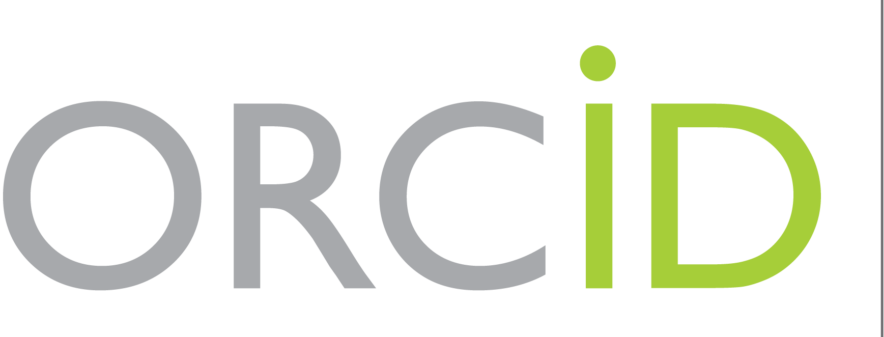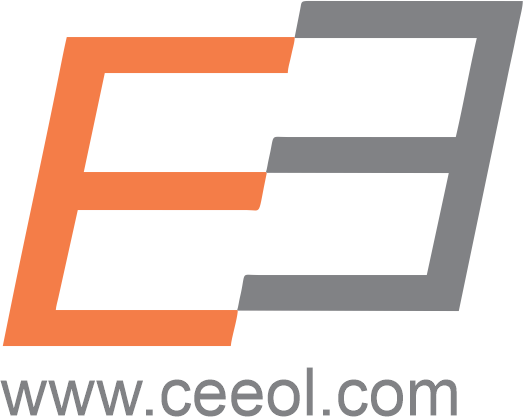BUSINESS CONTINUITY AND STRATEGIC RESILIENCE IN HIGH-CONTEXT CULTURES: A CASE OF AN ASIAN INSURANCE INTERMEDIARY
Keywords:
Matrix Structure, Dynamic Capabilities, Cultural Diversity, Affective Commitment, Integrated Transformational Leadership, Technological ResponsivenessAbstract
The study analyses Thenextgen Advisory, an insurance intermediary located in Penang, Malaysia, with a specific emphasis on its franchise model and innovative sales strategies. The findings have shown five problematic areas - systems and processes, culture, human capital, leadership styles, and organisational climate - which require strategic decisions and practices to maintain dynamic capabilities in the face of environmental changes while also accessing qualitative resources. To achieve strategic resilience, the implementation of matrix structures to transform organisational processes is pivotal in this case. This involves focusing on open communication systems, technological diversity, interactive control, and embracing low-context cultures to foster adaptive innovation andclear communication. The use of affective commitment and integrated transformational leadership styles is critically suggested to inspire employees with organisational purposes.
These strategies will enable the organisation to sustain its dynamic capabilities during environmental changes while achieving superior competitive advantages.
References
Sternad, D. (2020). Effective Management: Developing Yourself, Others and Organizations. London, United Kingdom: Red Globe Press.
Andersen, T. J. (2017). The Responsive Global Organization: New Insights from Global Strategy and International Business. Bingley: Emerald Publishing Limited.
Santhanam, G., Jayaraman, R. and Badrinath, V. (2012). ‘Influence of Perceived Job Satisfaction and Its Impacts on Employee Retention in Gulf Cooperation Countries’, International Conference on Management Issues in Emerging Economies (ICMIEE), pp. 69-73.
Dumitriu, C., Timofti, I. C., Nechita, E. and Dumitriu, G. (2014). ‘The Influence of the Locus of Control and Decision-making Capacity upon the Leadership Style’, Procedia - Social and Behavioural Sciences, 141, pp. 494-499.
VanBergen, N., Lurie, N. H. and Chen, Z. (2021). ‘More Rational or More Emotional Than Others? Lay Beliefs About Decision-Making Strategies’, Journal of Consumer Psychology, 32(2), pp. 274-292.
Porter, M. E. (2008). ‘The five competitive forces that shape strategy’, Harvard Business Review, 86(1), pp. 78-93.
Fromm, J. (2022). Why Innovation in Insurance Tech Is Vital for Engaging Gen Zers. Available at: https://www.forbes.com/sites/jefffromm/2022/07/21/why-innovation-ininsurance-tech-is-vital-for-engaging-gen-zers/?sh=5b1f93725f18. [Accessed 5 November 2022].
Siam Commercial Bank. (2022). Health Insurance OPD Life Insurance Coverage with Medical Fund and Healthcare Benefits. Available at: https://www.scb.co.th/en/personal-banking/insurance.html. [Accessed 5 November 2022].
Johnson, G., Whittington, R., Scholes, K., Regnér, P. and Angwin, D. (2020). Exploring strategy: text & cases. 12th Ed. Harlow: Pearson Education.
Donaldson, L. (2002). Structural Contingency Theory. Universities of New South Wales and Sydney, New South Wales, Australia.
Mead, R. and Andrews, T. G. (2009). International management: culture and beyond. 4th ed. Wiley.
Yinghua, L., Dung, L. T., Son, D. H., Fajun, L., Forestier, H., Yudan, Z., Peng, C., Liwei, W., Chengpo, H. and Tingting, L. (2020). ‘A New Technological Analysis of Hoabinhian Stone Artifacts from Vietnam and its Implications for Cultural Homogeneity and Variability between Mainland Southeast Asia and South China.’, Asian perspectives (Honolulu), 60(1), pp. 71-96.
Gardenswartz, L. and Rowe, A. (2010). Managing Diversity: A Complete Desk Reference & Planning Guide. 3rd Ed. Alexandria, VA: The Society for Human Resource Management.
Jenifer, R. D. and Raman, G. P. (2015). ‘Cross Cultural Communication Barriers in Workplace’, International Journal of Management (IJM), 6(1), pp. 332-335.
Sternad, D. (2013). ‘Towards an Eclectic Framework of External Factors Influencing Work Motivation’, Journal of Applied Business Research, 2, pp. 6-19.
World Population Review. (2022). High Power Distance Countries 2022. Available at: https://worldpopulationreview.com/country-rankings/highpower-distance-countries. [Accessed 17 November 2022].
Bridgestock, L. (2021). Differences in Average Working Hours Around the World. Available at: https://www.topuniversities.com/blog/differencesaverage-working-hours-around-world. [Accessed 17 November 2022].
Tang, A. S., Ping, T. A. and Salamzadeh, Y. (2023). ‘Employability Skills and Pre-Professional Identity in the Era of IR4.0: A Malaysian Perspective.’, Handbook of Research on Education Institutions, Skills, and Jobs in the Digital Era, pp. 117-129. Available at: https://doi.org/10.4018/978-1-6684-5914-0.ch007. [Accessed 17 November 2022].
International Institute for Management Development. (2022). The 5 most common leadership styles & how to find yours. Available at: https://www.imd.org/reflections/leadership-styles/. [Accessed 17 November 2022].
Schneider, B., Ehrhart, M. G. and Macey, W. H. (2012). ‘Organisational Climate and Culture’, Annual Review of Psychology, 64(1), Available at: https://www.annualreviews.org/doi/10.1146/annurev-psych-113011- 143809. [Access 24 November 2022].
CIPD. (2021). Organisational Commitment: An Evidence Review. Available at: https://www.cipd.co.uk/Images/organisational-commitmentscientific-summary_tcm18-89566.pdf. [Accessed 29 November 2022].
Pihlak, U. and Alas, R. (2012). ‘Resistance to change in Indian, Chinese, and Estonian organizations’, Journal of Indian Business Research, 4(4).
Brun, J. P. and Dugas, N. (2008). ‘An analysis of employee recognition: Perspectives on human resources practices’, The International Journal of Human Resources Management, 19(4). Available at: https://doiorg.ezproxy.sunderland.ac.uk/10.1080/09585190801953723. [Accessed 30 November 2022].
Andersen, T. J. and Linder, S. (2019). Strategic Responsiveness and Adaptive Organizations: New Research Frontiers in International Strategic Management. Bingley, UK: Emerald Publishing.
Scarda, T. (2019). How Leadership is The Key to Your Franchise’s Success. Available at: https://www.forbes.com/sites/forbescoachescouncil/2019/10/18/howleadership-is-the-key-to-your-franchises-success/?sh=597f49f64d1c. [Accessed 30 November 2022].
Gozukara, I. and Simsek, O. F. (2015). ‘Linking Transformational Leadership to Work Engagement and the Mediator Effect of Job Autonomy: A Study in a Turkish Private Non-Profit University’, Procedia – Social and Behavioural Sciences, 195(3), pp. 963-971.
Bothello, J. and Linder, S. (2015). ‘Antecedents to Autonomous Strategic Action: What About Decline?’, IEEE Transactions on Engineering Management, 62(2), pp. 226-236.
Koronis, E. and Ponis, S. (2018). ‘Better than before: the resilient organization in crisis mode’, The Journal of Business Strategy, 39(1), pp. 32-42.
Denyer, D. (2017). Organizational Resilience: A summary of academic evidence, business insights and new thinking. BSI and Cranfield School of Management
Denyer, D. (2022). Beyond 'Plan-do-check-act': 4Sight. Available at: https://blog.som.cranfield.ac.uk/execdev/beyond-plan-do-check-act- 4sight. [Accessed 2 December 2022].
Downloads
Published
How to Cite
Issue
Section
License

This work is licensed under a Creative Commons Attribution 4.0 International License.
http://creativecommons.org/licenses/by-nc-nd/4.0












